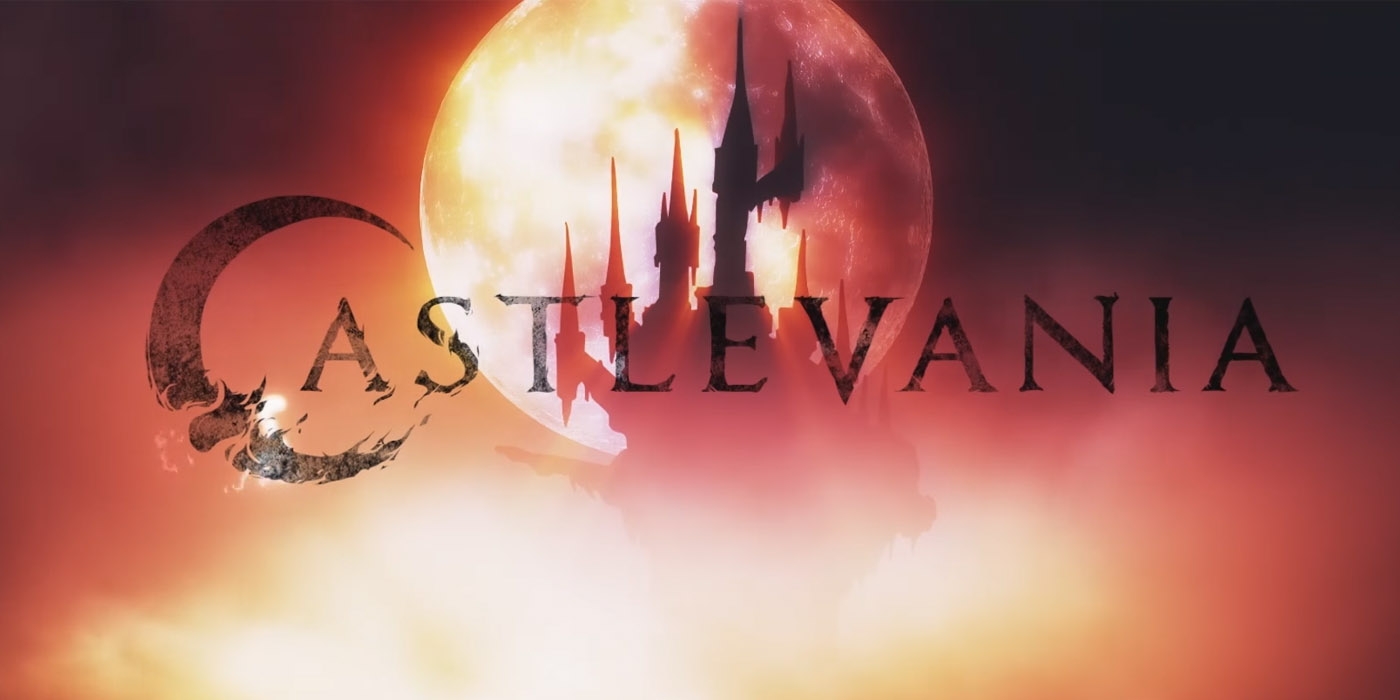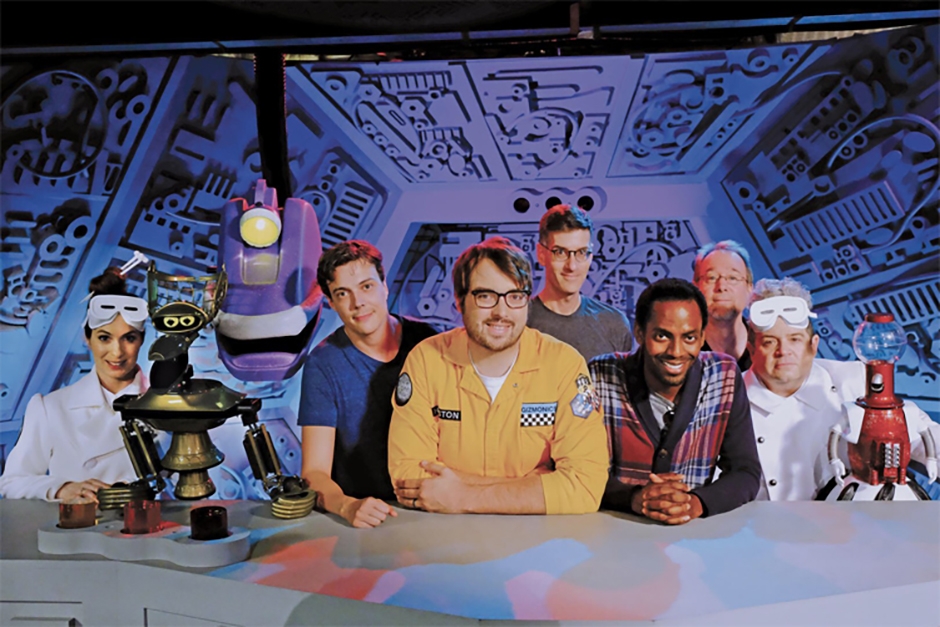

By Josiah Martin | Staff Writer
Netflix’s new animated series Castlevania claims to be based on the video game series of the same name. However, it lacks the trademark action, pacing and aesthetic of the game, in addition to its already inconsistent quality, causing it to barely hold its own as a television series. This show, as such, comes across as rushed and varies wildly in style and tone over its inexcusably brief four-episode season.
The Castlevania franchise, though constantly evolving, has maintained a very specific style over the past three decades, blending gothic horror imagery with a light-hearted sense of self-awareness. Castlevania, the animated series, certainly attempts to hit this same mark. The show does retain the medieval setting and dark subject matter — namely, Vlad Dracula Tepes destroying a city of people after the bishop has Dracula’s human wife burned at the stake for witchcraft.
However, the gore and violence featuring Dracula’s army of minions from hell is way off target. It is not only much too over the top for the franchise, but more importantly, it doesn’t even fit in tonally with the rest of the show. Most of the first three episodes serve as little more than exposition and build-up for some unknown event that never really occurs, with the occasional pool of blood or unbearably aloof one-liner from vampire hunter Trevor Belmont thrown in as a poor effort to retain your interest.
It is truly a shame that Belmont leads this series. This show’s only real saving grace is that its dialog is mostly well-crafted and well-delivered by great actors, especially Matt Frewer of Max Headroom fame as the bishop of Gresit. However, Trevor Belmont is insufferable as a character, painted as an unsociable, uncaring, bitter twenty-something reluctantly thrown into a bad situation. The degree to which the writers want him to appear edgy is painful at best, and nothing can pull you out of an emotionally heavy scene faster than Trevor turning his back on someone and grunting, “I don’t care.”
The scene in which we meet our protagonist stands out as one of the weakest in the four episodes, where We, the audience, are left wondering whether this scene is supposed to be comedic as one of the most awkwardly paced bar fights of all time occurs and silly music plays in the background. This stands true of almost all subsequent fight scenes, with brief milliseconds of actual fighting filling the space between dismembered limbs and snarky one-liners.
These fight scenes are also among the sequences most heavily affected by the shoddy animation of this series. Frames will linger for an uncomfortably long amount of time, backgrounds feature very little in the way of detail (almost universally describable solely as “brown”) and the show participates in the sinful and ever-growing practice of blending 3D computer-generated imagery with 2D animation, such as with Dracula’s throne. It doesn’t look good. In some shots, Trevor Belmont will be heavily stylistically shaded, and characters will look like detailed paintings. In other shots, the characters seem more in line with the lifeless pale-faced characters of 80s children’s series like Jem and the Holograms.
Perhaps the makers of Castlevania should have spent more time on quality control and produced a really great 2-hour film instead of a television series of questionable quality and indefinite length. The source material is good, the dialog is good, but the show visually and tonally fails on almost all fronts. Don’t bother with Castlevania, at least not until more episodes are released, because there is currently not nearly enough interesting material in the series to justify sitting through its flaws.




